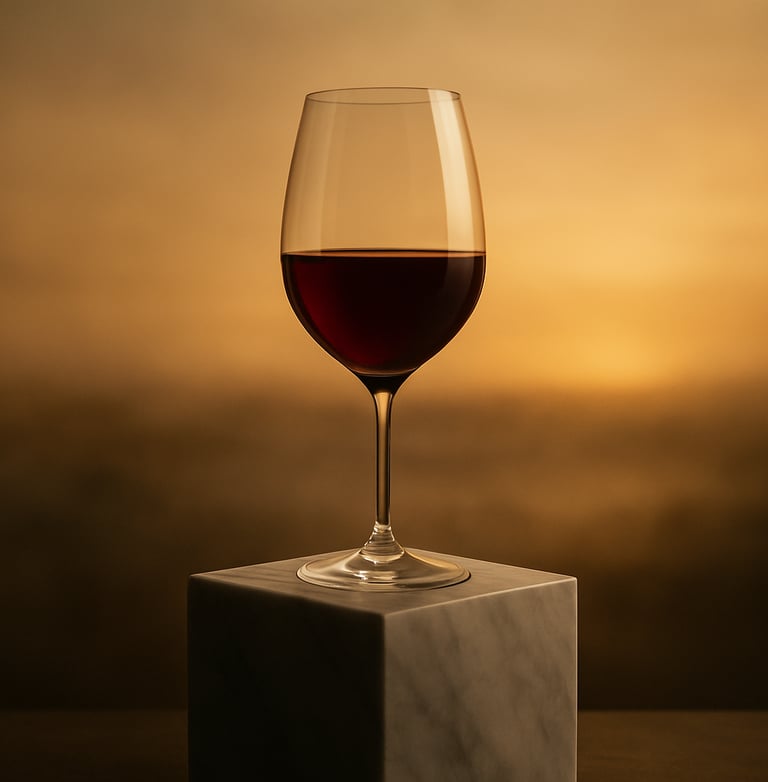
From Product to Promise
The Paradigm Shift in Fine Wine
10/23/2025


Introduction: Luxury is No Longer Defined by What is Sold, but by What is Represented
For decades, fine wine relied on tangible attributes: exceptional vintages, altitude, terroir, oenological precision. But today, in the luxury market, that is no longer enough. The sophisticated consumer does not buy features. They buy promises. They buy vision, sensitivity, projected identity. And within that paradigm shift —from physical product to symbolic promise— lies the true positioning power of fine wine brands.
What is a Brand Promise in Luxury?
A brand promise is not a slogan. It is an emotional, aesthetic, and symbolic construction that tells the consumer: “This is what you can expect to feel, live, and project if you choose to be with us.”
In luxury, that promise must be:
Intelligible but not obvious.
Suggestive but consistent.
Aspirational but believable.
And to sustain it, the brand must align product, narrative, distribution, design, hospitality, and tone.
Why a Product-Only Focus No Longer Works
Because the premium market is saturated with quality. Technically, many brands are excellent —but that does not guarantee emotional differentiation or symbolic desire.
The fine wine consumer seeks to:
Belong to a cultural universe.
Validate their aesthetic sensibility.
Connect with a story that represents them.
Feel understood without being invaded.
Two wines from the same region, both of equal technical quality, can achieve radically different commercial results if one positions itself around a clear promise of emotional and symbolic world —and the other does not.
Brands that Have Moved from Product to Promise
✦ Château Cheval Blanc (France)
It doesn’t sell Saint-Émilion. It sells harmony between tradition and contemporary architecture, between precision and contemplation. Its promise is elegance without tension.
✦ Cheval des Andes (Argentina)
For years it communicated blend and technique. Today, it communicates landscape, Franco-Argentine collaboration, emotional altitude, and reinterpreted legacy. It has moved from product to concept.
✦ Dominio del Águila (Spain)
It doesn’t communicate volume or campaigns. It relies on mystery, depth, narrative silence. Its promise: “If you understand this, we don’t need to explain it.”
How to Build a Solid Brand Promise
Explore your true DNA. What truly differentiates your project from others? Not from a technical standpoint, but from philosophy.
Define a coherent language. What tone, imagery, and narrative rhythm translate your vision?
Link the promise to the experience. Are your design, hospitality, and brand voice aligned with the promise you make?
Develop aesthetic consistency. A promise is not launched —it is sustained over time through both visible and invisible decisions.
The Most Common Mistake: Confusing Storytelling with Promise
Many brands try to solve their positioning by telling a nice story. But a poorly told, poorly executed, or disconnected story erodes credibility.
Storytelling is a channel. The promise is the emotional substance that gives it meaning.
Conclusion: Fine Wine Consolidates When It Stops Talking Only About Itself
A fine wine brand does not compete on quality. It competes on meaning.
🍷 Because luxury is not found in what the bottle contains, but in what the brand allows those who choose it to imagine, feel, and share.

